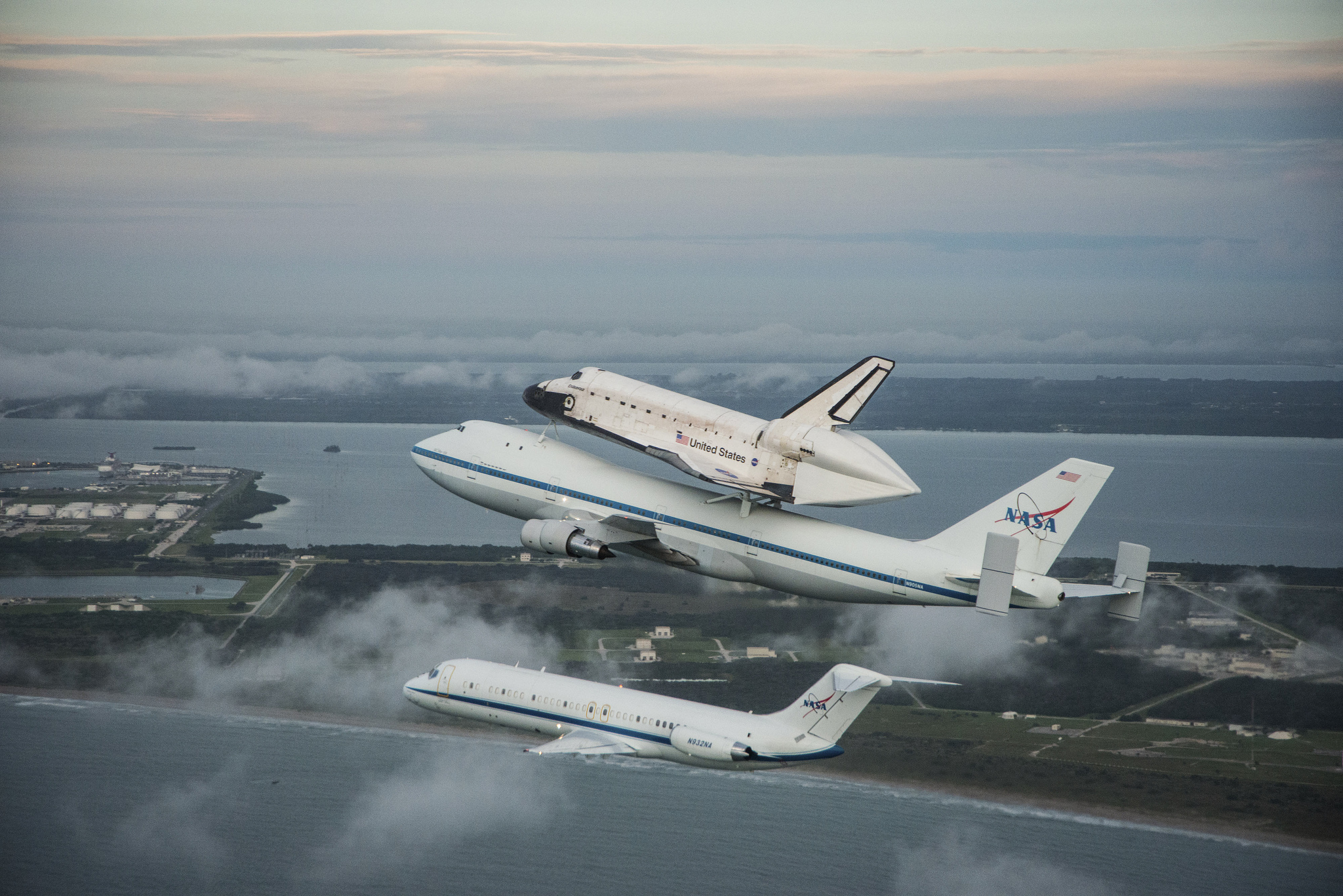

Thecomplete power system will generate 110 kW of total power, about as much as 55 homes would use. When it is fully operational, the ISS’s electri-cal power system will include a total of eight such arrays, each 38 feet wide with a wing span of 240 feet. 9, 2000, one of thefirst images of the ISS after its new solar array had been deployed (top). THE BIG PICTURE - The International Space Station (ISS) following orbiter undocking on Dec. Late in the mission’s fifth day, when the two starboard solar blankets failed to tension properly, engineers at Johnson Space Center fretted that unless the tensioning mechanisms could be repaired before the end of the mission, structural uncertainties might require jettisoning the whole array into space.Overnight, while Endeavour’s crew slept, mission controllers came up with a plan to assess the structural integrity of the slack solar blankets. During deployment, the folded blankets are pulled slowly away from the solar array’s mainmast, called the P6 truss, along a framework. Each of the four 13- by 108-foot flexible blankets contains more than 16,000 photovoltaic cells.

Slack in International Space Station’s solar arrays put postponed experiment back on the fast trackĭuring last month’s space shuttle Endeavour mission that outfitted the International Space Sta tion (ISS) with a new pair of solar wings, use of an experimental Sandia camera on board the orbiter became a mission priority after astronauts had trouble unfurling two of the ISS’s four new solar blankets. NASA sought solutions in Sandia range imager during December Endeavour mission


 0 kommentar(er)
0 kommentar(er)
